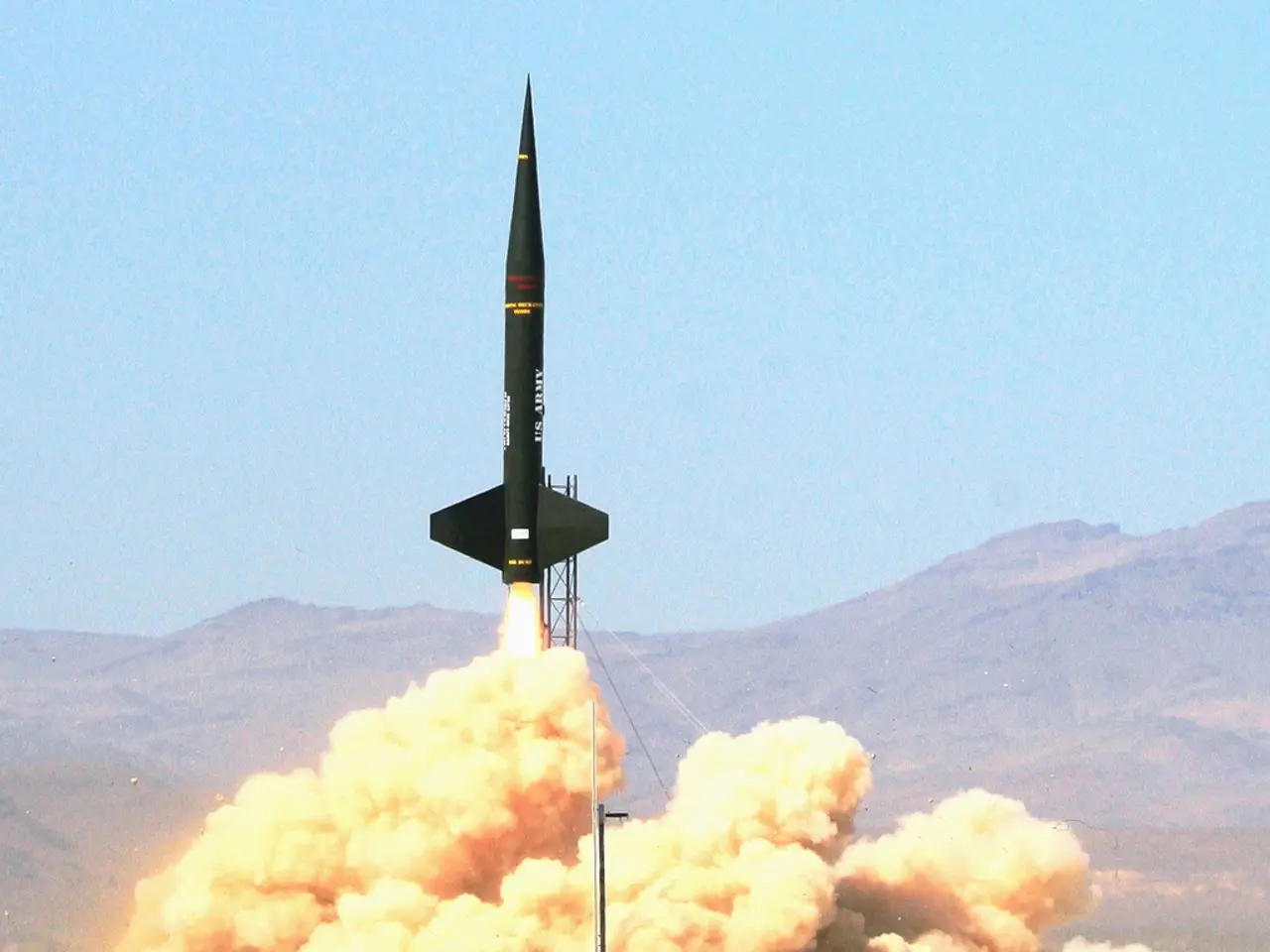Dresden: In a gradual resurgence, the East German economy is showing signs of improvement
Economic Forecast for Eastern Germany*:
Dresden - The Ifo Institute forecasts gradual recovery for the Eastern German economy, with a predicted growth of 0.3% in 2021 and 1.3% in 2022. This reassuring news comes after the economic downturn, suggesting that the recession has been overcome.
The economists attribute this revival mainly to the fiscal measures planned by the federal government, though these might not be as pronounced in Eastern Germany due to its structural idiosyncrasies compared to Western Germany. The construction industry and service providers are likely to garner the most impetus.
However, Eastern Germany is unlikely to gain much from the planned increase in military spending, according to economist Joachim Ragnitz. The arms industry holds less significance in Eastern Germany, implying that much of the military spending will be channeled towards Western Germany.
Infrastructure spending could positively impact the Eastern German economy, but given the long planning lead time and labor shortages, benefits are not expected in the short term, Robert Lehmann from the Munich-based Ifo Institute added.
The labor market in Eastern Germany remains sluggish, with a projected decline of 0.1% in 2025 following by a 0.2% increase in 2026. The labor market's dynamics remain subdued due to the economic weakness of the recent years and unfavorable demographic conditions.
The ifo Institute colleagues revised their economic forecast for Germany in 2026, with a projected growth of 1.5%. For 2021, a small bump to 0.3% was recorded.
*Inferences and indirect insights derived from the Ifo Institute's broader German economic forecasts:
- The ifo Institute projected economic growth for Germany in 2021 and 2022, with factors such as post-pandemic recovery, a positive manufacturing PMI, improved business climate, and increased consumer demand contributing to the overall economic uptick. Eastern Germany would likely benefit from these trends, albeit with regional variations based on the local industry structures and investments.
- Lower energy prices have decreased production costs for businesses, allowing them to breathe a sigh of relief while maintaining moderately increased consumer goods prices, signifying ongoing demand.
Hope this helps!
The economic forecast for Germany indicates a predicted growth of 1.5% in 2026, reinforcing the gradual recovery of the overall economy. In Eastern Germany, the construction industry and service providers are anticipated to gain momentum from the economic revival, due to their significant roles in the region's business sector.




